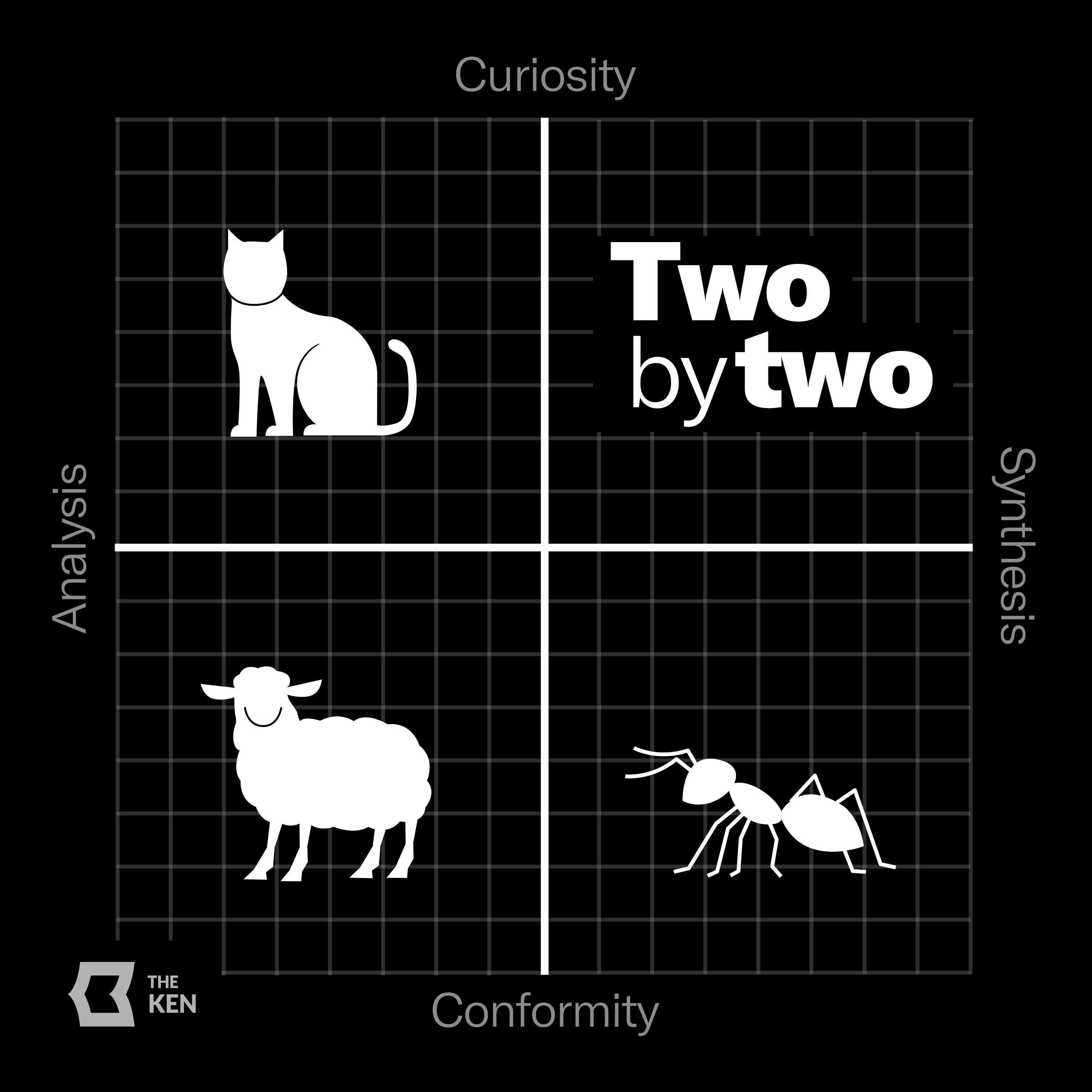Why couldn't Stripe become the Stripe of India? (Republished FULL Episode)
Description
[This episode which we released on September 12 for Premium subscribers of The Ken on The Ken’s app and on Apple Podcasts is now available to listen for free for a limited time. Stream the full episode on Spotify, Amazon Music , Apple Podcasts or wherever you listen to your podcasts.]
It seems like ‘invite only’ is a rite of passage for Stripe. If Stripe entered India with an invite-only step, then it seems reasonable to assume that it’s leaving India on the basis that it’s doing invite-only again. Over seven years, Stripe, the world’s mightiest fintech, currently valued at $70 billion (and at $95 billion at its peak), could not make a dent in India. It had a great product, a massive untapped opportunity in India, and didn’t have much competition. And yet, it failed. Why?
There’s an internet quip that was quite popular until recently. The Amazon of China is Alibaba, the Uber of China is Didi, and the Google of China is Baidu, the Apple of China is Xiaomi. In India, the thinking was : Amazon of India is Amazon, the Uber of India is Uber, the Google of India is Google, and the Apple of India is Apple. In today’s episode of Two by Two, we discussed why Stripe couldn’t become the Stripe of India.
And to discuss this, hosts Praveen Gopal Krishnan Rohin Dharmakumar were joined by two guests.
Arundhati Ramanathan, Deputy Editor at The Ken. Arundhati is India’s preeminent Fintech reporter, and she’s demonstrated it over a career of 8 years at The Ken.
Our second guest is Vikram Bhat. Vikram is one of India’s most accomplished Product leaders, he was in product leadership roles at Myntra, Abof, Ekstep Foundation, LendingKart, Capillary Technologies, Goodworker, and most recently CPO at Setu, which is a fintech company that enables API-based infrastructure for financial services.
Welcome to episode nine of Two by Two, The Ken’s weekly podcast that asks the most interesting and often uncomfortable questions on topics we all want to know more about. And we do that through the lens of a 2×2 matrix!
You can also sign up for the Two by Two newsletter for free. Each week you’ll get to read a “storified” version of that week’s episode.
This episode of Two by Two was produced by Anushka Mukherjee. Hari Krishna is the lead writer and researcher for this episode. Rajiv C N, our resident sound engineer is the audio producer.
Write to us [email protected] and tell us what you think of the show.
Please rate, share and follow us on your favorite streaming platform. It helps more like-minded people like you to find out by Two by Two.
More Episodes
Dmart, the retail group in India, is absolutely number one on vision, execution, and consistency. Dmart opened its first supermarket in Mumbai’s Powai suburb in 2002. Like Walmart in the US, it adopted a deep discounting strategy, offering its customers low prices every day. Today, it has 381...
Published 11/21/24
Published 11/20/24
We’ve unlocked this episode for our Basic and Free subscribers for a limited time. Listen to it on your favourite streaming platform for a limited time.
Ola and Uber are in a “late-stage duopoly”.
After spending billions and billions of dollars, they have finally secured pole positions in...
Published 11/18/24


